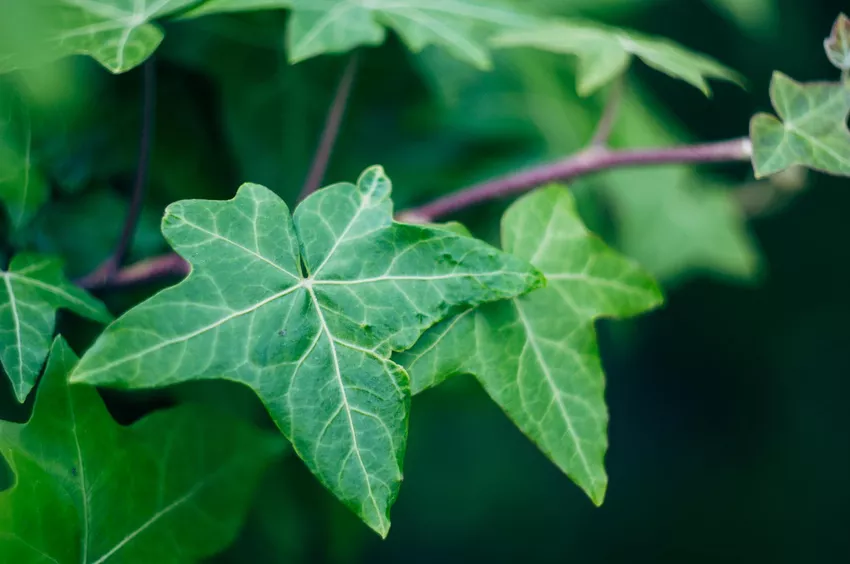Even if ivy is very robust, a little care now and then doesn't hurt. We show what you have to consider when watering, cutting and fertilizing ivy.

Are you one of those people who value the right feel-good atmosphere? You are not alone there, because the ivy also wants to feel good. When your Ivy (Hedera helix) is happy and content, it will quickly peak into top form and grow vigorously.
Oh, if only all plants were as easy to care for as ivy, one might say. In the right location, it basically needs no care at all, because ivy even thrives in the wild in Central Europe. As a native plant, it is excellently adapted to the conditions in this country. But there is still a little you can do to make your ivy feel really good.
Water the ivy properly
In nature, the ivy prefers locations with sufficient humidity. However, if it grows in full sun or in a dry place, then you should water the plant regularly. A layer of mulch is helpful here to keep the moisture in the soil. However, ivy should not be watered over, as waterlogging damages it. If you keep the ivy as a houseplant, it is advisable to spray the plant with low-lime water from time to time. When watering regularly, it should be noted that ivy slows down its growth in winter and hibernates. During this time he also needs significantly less water.
Pruning ivy correctly
You can hardly go wrong when cutting ivy. The plant is very vigorous and forgives you a lot. The cut should then take place in spring or late summer, but it is not necessary. It serves more to keep the plant in shape or to remove damaged shoots. You can read here exactly how to cut your ivy.

Fertilize ivy properly
Ivy doesn't need much to grow. In some places, centuries-old specimens thrive without everto have been fertilized. In order to stimulate the growth of the plant, you should bring nutrients into the soil about once a year with the help of a fertilizer. A long-term fertilizer such as our Plantura organic universal fertilizer is particularly suitable for this. Alternatively, you can use manure or compost as fertilizer.
You can find out here how to plant your ivy correctly and which location is best.